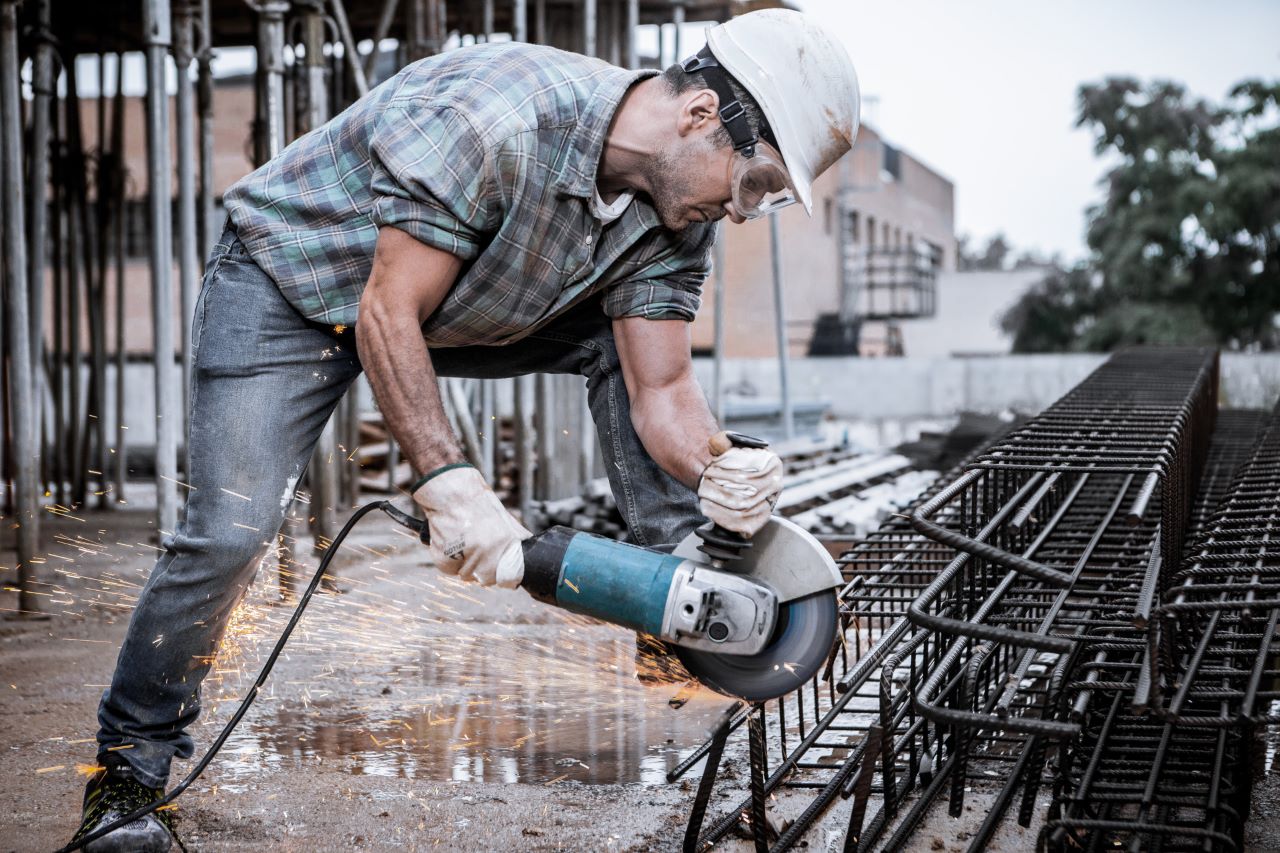
Workers within sectors such as manufacturing and construction face a rate of injury significantly higher than those in almost any other workspace. This makes workplace safety a crucial ongoing discussion, with industry heads constantly aiming to find ways to improve it.
“Work to Zero” is an initiative that aims to reduce accidents and injuries in the workplace by using new technologies. Here are a few of the ways that it may be paving the path to safer work strategies.
Using Data to Gather Insights
One of the keys to preventing injuries has been in gathering the data crucial to understanding how they happen in the first place. Artificial intelligence algorithms, such as those found by general contractor Suffolk, have been collected and analyzed occurrences to find any similarities.
From technology that will scan through photos of job sites for hazards like missing personal protection equipment (PPE), or untidy workstations, to sensors that allow for better tracking of different work processes, they are looking to help workers better understand the conditions that lead to accidents so the appropriate safety measures can be adopted quickly.
Suffolk is only one of only twenty leading firms in the US that has launched their own data science initiative focused on improving workplace safety.
Technologies That Address Working Risks
Many of the most common causes of accidents are already well understood by those in the industry and management. The tech solutions most appropriate in this case are not to gain insights but to address the issues directly.
For instance, technologies that assist with work at height risks can include not just aerial lifts and platforms, but unmanned drones and digital training with virtual reality. Meanwhile, power management systems can more effectively control electrical systems when maintenance and repairs are being done.
One of the most crucial parts of any measures taken to combat risk in the workplace is to ensure that the workplace response is as quick and appropriately planned as possible. Smart manufacturing technology like the Andon system, developed by Versacall, can assist in this area.
Using specialized technological resources geared specially for manufacturing to monitor changes in the workplace is vital in improving the work situation and reducing the incident case number.
Not only can this notify workers of any changes in the environment that they should keep in mind, but it can also alert the appropriate first responders and personnel as soon as any accident or emergency is triggered. This allows steps to mitigate and address accidents and risks to be taken much more quickly.
Versacall’s Andon System Could Be the Technology That “Work to Zero” Needs
Both as part of the Work To Zero initiative and independently, manufacturing technology producers have been developing increasingly effective methods of communication for the workers. Smart manufacturing technology such as Versacall’s Andon system which helps streamline any emergencies or problems in the production line can play a much larger role in safety, not just in making production more efficient.
